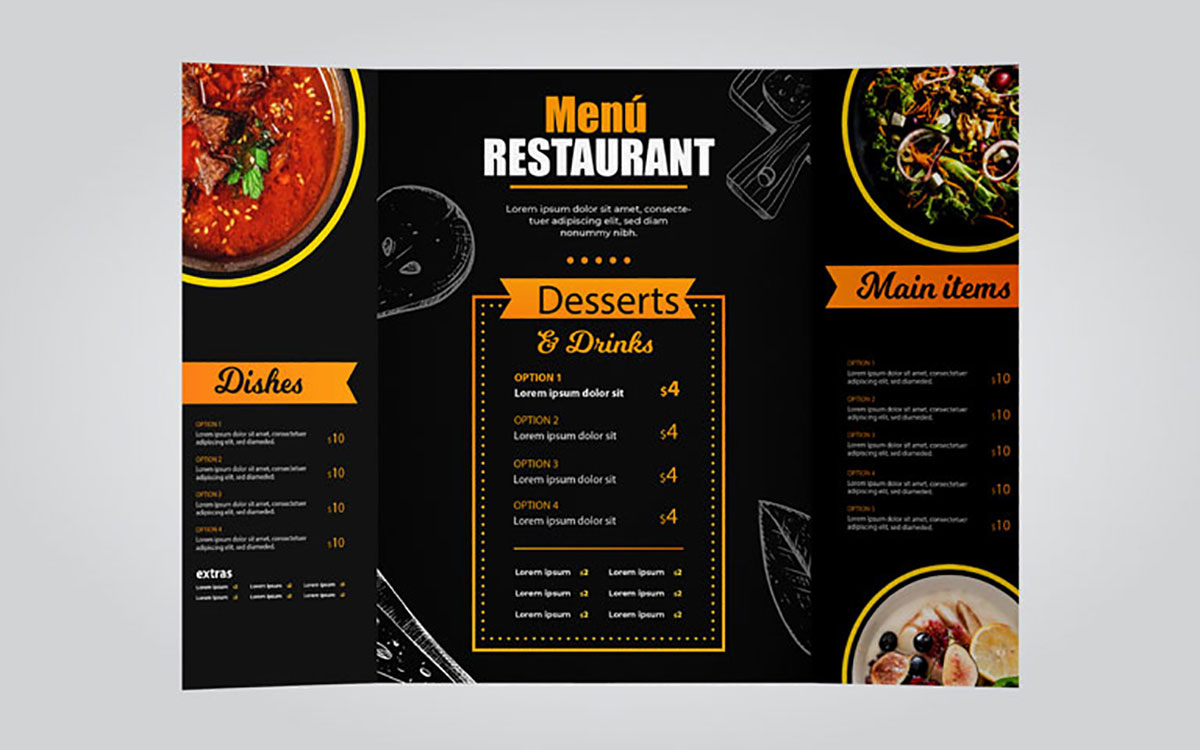Fresh & Fast, a quick-service restaurant chain with 8 locations, was struggling with rising food and labor costs eating into their bottom line. Despite steady customer traffic, profits were declining.
"In quick service, pennies matter," explains Operations Director Miguel Chen. "We were seeing costs rise across the board but were afraid to raise prices and lose our value-conscious customers."
The Epicurean Digital Consultants team used AI-driven menu engineering to analyze every aspect of Fresh & Fast's menu board:
- Identified that their most prominent "value meals" had the lowest margins
- Discovered that premium items with much higher margins were hard to find on the busy menu board
- Found that drink and side combinations were suboptimal for profitability
The solution involved several strategic changes:
- Redesigned menu board layout using AI visual attention mapping
- Created strategically priced combo meals that increased attachment rates for high-margin sides and drinks
- Implemented small but powerful price psychology techniques like removing dollar signs and ending prices with .99
- Developed premium "signature" items with compelling descriptions and strategic placement
"The changes were subtle but incredibly effective," says Miguel. "Our customers didn't perceive us as more expensive, but they started naturally gravitating toward higher-margin items and combos. It was like we suddenly unlocked hidden profit potential."
"Most impressively, our customer satisfaction scores actually increased by 12% after the menu changes. The AI-enhanced descriptions made the food sound more appealing, and the simplified menu board made ordering less stressful for customers in a hurry."







